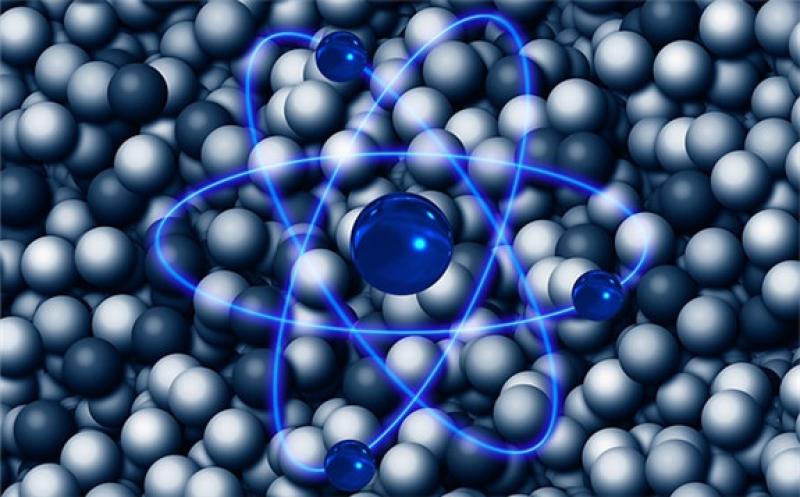Nuclear power plants “have a critical role in producing low-carbon hydrogen” according to a former shadow energy minister in the UK.

Tom Greatrex said that reactors, whether “large, small, current and advanced”, would be vital if Britain wants to achieve the ambitions set out in its recent Hydrogen Strategy.
Greatrex, who is chief executive of the Nuclear Industry Association, said nuclear “is the only source of energy that can produce clean power and clean heat, making it a vital component as we decarbonise sectors beyond electricity”.
“Whether labelled as ‘green’ or ‘low carbon’, it’s only hydrogen from zero emissions sources like nuclear and renewables that can make a meaningful long-term impact on decarbonisation.”
But he warned that if nuclear was to achieve its potential in helping to deliver “a strong low-carbon hydrogen mix”, the government “must now swiftly implement a new financing model for nuclear to cut costs”.
Landmark anniversary
Last week marked 65 years since the UK connected the first commercial nuclear power station in the world, Calder Hall, to the national grid.
However, Greatrex stressed that the country will lose its long-established position as an international leader in nuclear technology without a new financing model to build new power stations.
“The UK’s legacy of nuclear innovation shows how this industry can deliver clean energy for our climate goals and good jobs for our communities.
“The government urgently needs to introduce a new financing model for nuclear so we can build new stations and seize the opportunities of a green economy for the next generation.”
He said since Calder Hall opened in 1956, nuclear power has saved the UK over 2.3 billion tonnes of carbon dioxide emissions, “far more than any other electricity source”.
Hunterston B, Hinkley Point B, Heysham I and Hartlepool nuclear plants are all scheduled to retire by the end of March 2024, comprising the bulk of the UK fleet.
That will leave only the 1.2GW Sizewell B operational after 2030, while Hinkley Point C is still currently being built.